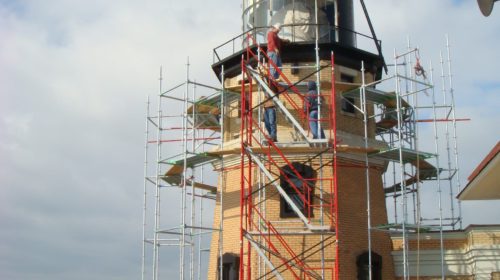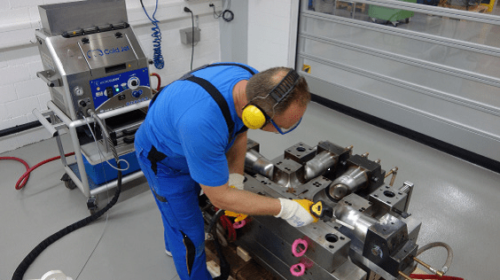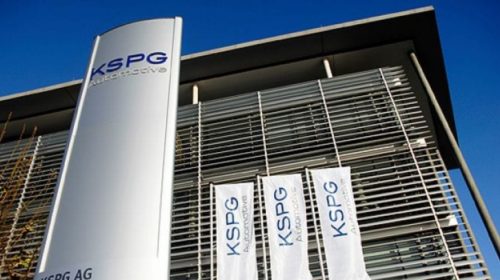
Foundry reduces core box and mold cleaning time by 86%
THE SITUATION
The Progress Casting Group in Plymouth, Minnesota was founded out of Continental Castings in 1962 and the Progress Foundries in 1982. The foundry specializes in precision die casting and sand castings for the automotive, aerospace and defense industries.
The refractory coating (releasing agent), the resin spray buildup, sand casting components and core residues on the core boxes and low-pressure casting molds are currently being removed by sand blasting and manual brushes. Both cleaning processes are slow and ineffective – causing damage to machines and putting workers’ safety at risk. Sand blasting destroys the urethane on the molds and both methods routinely destroy the vents on the core boxes.
THE PROBLEM
The Progress Casting Group was looking for a cleaning method that removes the refractory coatings and other residual material without damaging mold vents. In addition, uneven refractory coating should be avoided as this can affect the quality of the final product and the speed of production. Release agents and residual materials should also be removed from the surface as “smooth as a feather” without rounding the corners, an important prerequisite for product quality. The area around the tool should be clean and safe for the employees. The tools need to be cleaned as after every use to minimize the downtime and the molds should still be hot to reapply the refractory coating.
The problem with steel shot, glass bead and sandblasting is the possibility of mold vent damage and urethane damage on molds. Rounding of mold edges leads to flash on the parts, shortens the mold life, creates secondary waste and potential eye injuries from atmospheric contaminants.
Manual cleaning with chemicals and brushes is extremely labor intensive and potentially harmful to the workers, causing long downtime and inefficient and ineffective clean in some places.
THE SOLUTION
Cold Jet is the only supplier that offers the patented shaved dry ice technology for dry ice MicroParticles on the market. Many small dry ice MicroParticles clean the surface faster, smoother and much quieter than conventional 3mm pellets.
The dry ice blast cleaning process is similar in concept to sand or soda blasting, where the respective media is accelerated through a pressurized airstream. The main difference is that, rather than sand or soda, Cold Jet’s system uses recycled CO2 in the form of dry ice MicroParticles to clean surfaces. The CO2 MicroParticles are accelerated at supersonic speeds through a specialized hose and nozzle. Once the MicroParticles hit the mold surface, the combination of kinetic energy and thermal gradient effects of the dry ice blast breaks the bond between the surface and the residue. Upon impact with the tool surface, the CO2 sublimates, returning to its natural gas form, leaving no secondary waste to clean up.
THE RESULTS
The Progress Casting Group tested a Cold Jet MicroParticle dry ice cleaning system and used it to clean their most delicate screen vents at full blast. Even at maximum blast aggression, there was no damage to the parts and the molds looked brand new
“The system was shown to the president of the company and after the test, he turned around and said: Buy it immediately! Within two days, the Cold Jet dry ice blasting system was in our company and at work,“ said Daryl Hesch, Tooling Supervisor at Progress Casting.
Today, it takes one worker 10 minutes to clean a mold while it remains hot and online, whereas it took two to three workers, 3-4 hrs to clean one or two molds previously. The tooling supervisor estimates that they are saving $400 – $500 per mold with a Cold Jet dry ice blasting system.
“We estimated that it would pay for itself in six months, but it took only a month. This machine is incredible,” said Hesch. “Every foundry needs to own a Cold Jet dry ice MicroParticle cleaning system.”

